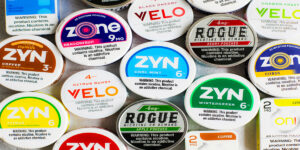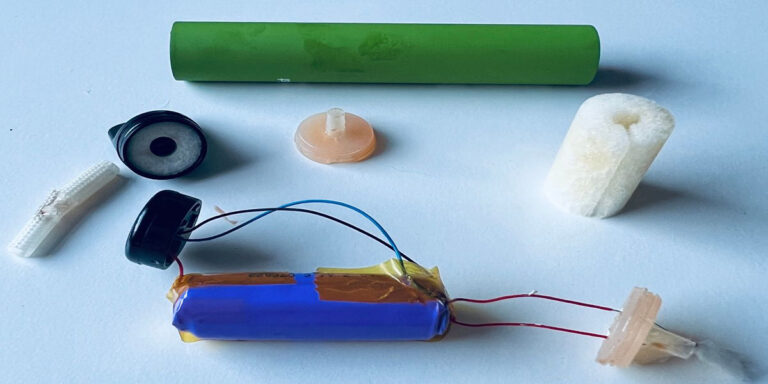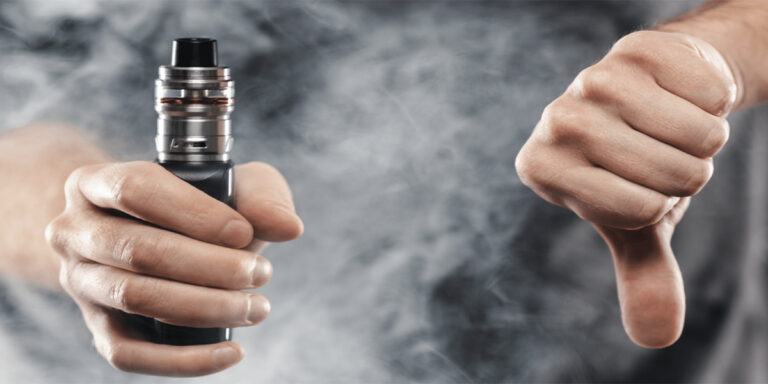How nicotine content is calculated in e-cigarettes and e-liquids and understand the consequences of choosing high-strength nicotine.
Understanding nicotine content in e-cigarettes and e-liquids is crucial for users to manage their nicotine intake effectively. This article explains how nicotine content is calculated and explores the consequences of using high-strength nicotine e-liquids.
Calculating Nicotine Content
Nicotine content in e-liquids is typically measured in milligrams per milliliter (mg/ml) or as a percentage. Here’s a breakdown of the common measurements:
- Milligrams per Milliliter (mg/ml): This unit indicates the amount of nicotine in each milliliter of e-liquid. For example, a 3 mg/ml e-liquid contains 3 milligrams of nicotine per milliliter.
- Percentage: Sometimes, nicotine content is expressed as a percentage. For instance, a nicotine level of 1.2% means 1.2% of the e-liquid’s volume is nicotine. To convert mg/ml to a percentage, divide by 10 (e.g., 6 mg/ml is 0.6%).
Most e-liquids range from 0 mg/ml (nicotine-free) to 20 mg/ml, which is the maximum strength allowed in some regions like the UK.
Choosing the Right Nicotine Strength
Selecting the appropriate nicotine strength depends on various factors:
- Smoking History: Heavier smokers typically start with higher nicotine strengths (18-20 mg/ml), while light smokers or those who smoke socially might find 3-6 mg/ml sufficient .
- Nicotine Dependency: If you have a high nicotine dependency, you may need a higher strength to satisfy cravings. Conversely, if you are looking to reduce nicotine intake, starting with lower strengths is advisable .
- Vaping Frequency: Frequent vapers might opt for lower nicotine strengths as they vape more often, while occasional vapers might prefer higher strengths for a more potent effect per session .
- Device Type: The type of vaping device influences nicotine absorption. High-powered devices that produce more vapor typically require lower nicotine strengths to avoid excessive intake .
Consequences of Choosing High-Strength Nicotine
Opting for high-strength nicotine e-liquids can have several implications:
- Increased Nicotine Absorption: Higher nicotine strengths deliver more nicotine per puff, which can quickly lead to nicotine dependence if not managed properly .
- Stronger Throat Hit: High nicotine levels provide a stronger throat hit, which some vapers may find harsh or unpleasant. This is often compared to the sensation experienced when smoking traditional cigarettes .
- Nicotine Overdose: Using e-liquids with high nicotine content can increase the risk of nicotine overdose, especially for new vapers or those with low nicotine tolerance. Symptoms include dizziness, nausea, and headaches .
- Health Risks: While vaping is generally considered less harmful than smoking, nicotine itself is still a highly addictive substance. High nicotine intake can have adverse effects on cardiovascular health and increase the likelihood of developing dependence .
Conclusion
Understanding how nicotine content is calculated in e-liquids and the potential consequences of high-strength nicotine is essential for making informed decisions about vaping. By considering your smoking history, nicotine dependency, vaping frequency, and device type, you can select the appropriate nicotine strength to ensure a satisfying and safe vaping experience.
FAQs
How is nicotine content measured in e-liquids?
Nicotine content is measured in milligrams per milliliter (mg/ml) or as a percentage of the e-liquid volume. For example, 6 mg/ml is the same as 0.6%.
What nicotine strength should I choose if I am a heavy smoker?
Heavy smokers should start with higher nicotine strengths, such as 18-20 mg/ml, to match their previous nicotine intake from cigarettes.
What are the risks of using high-strength nicotine e-liquids?
High-strength nicotine e-liquids can lead to increased nicotine dependence, a stronger throat hit, and a higher risk of nicotine overdose.
How can I reduce my nicotine intake through vaping?
Gradually reduce the nicotine strength of your e-liquids over time, and consider using lower-powered devices to manage your intake better.
Can high nicotine levels affect my health?
Yes, high nicotine levels can have adverse effects on cardiovascular health and increase the likelihood of nicotine dependence.
Is vaping high-strength nicotine safer than smoking?
While vaping is generally less harmful than smoking, high-strength nicotine still poses risks, and responsible use is crucial to minimize health impacts.


















